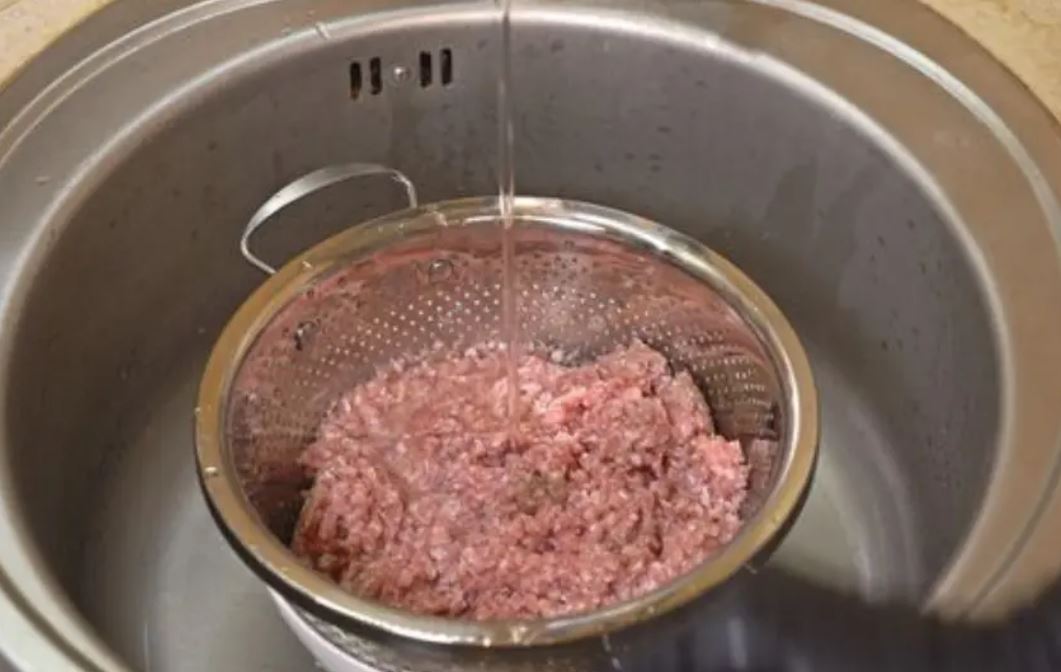When it comes to preparing ground beef, one question always seems to come up: should you rinse it before cooking? While some people believe rinsing removes bacteria and fat, experts say it’s not the best approach. Let’s dive into the details.
Rinsing ground beef might seem like a good idea, but it can actually spread bacteria around your kitchen, increasing the risk of cross-contamination. Instead of making your food safer, rinsing could make things worse.
The USDA recommends cooking ground beef to an internal temperature of 160°F (71°C) to ensure it’s safe to eat. At this temperature, any harmful bacteria are killed, making rinsing unnecessary. Studies have also shown that rinsing doesn’t significantly reduce bacteria levels.

Additionally, rinsing can strip away valuable nutrients. Water-soluble vitamins like B and C can be lost during the process, reducing the nutritional value of your meal. So, what’s the best way to handle ground beef? Keep it refrigerated at or below 40°F (4°C), cook it thoroughly, and avoid cross-contamination with other foods.
If you’re concerned about fat, opt for leaner cuts of ground beef or try cooking methods like grilling or broiling, which allow excess fat to drain away. By skipping the rinse and following these expert tips, you can create meals that are both delicious and safe.


